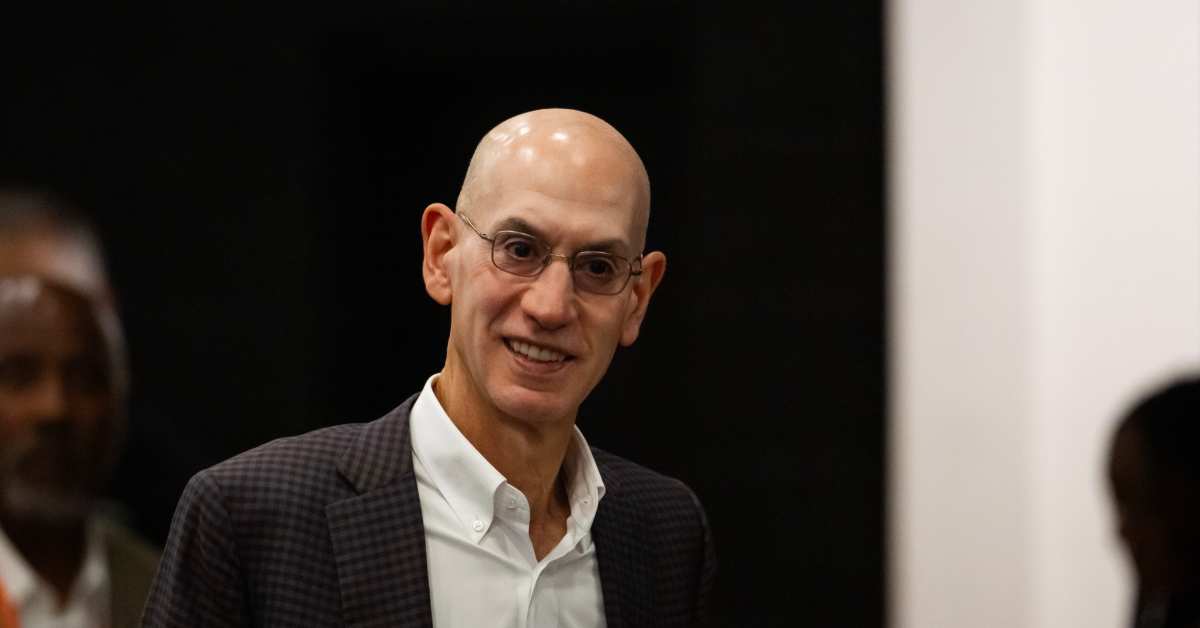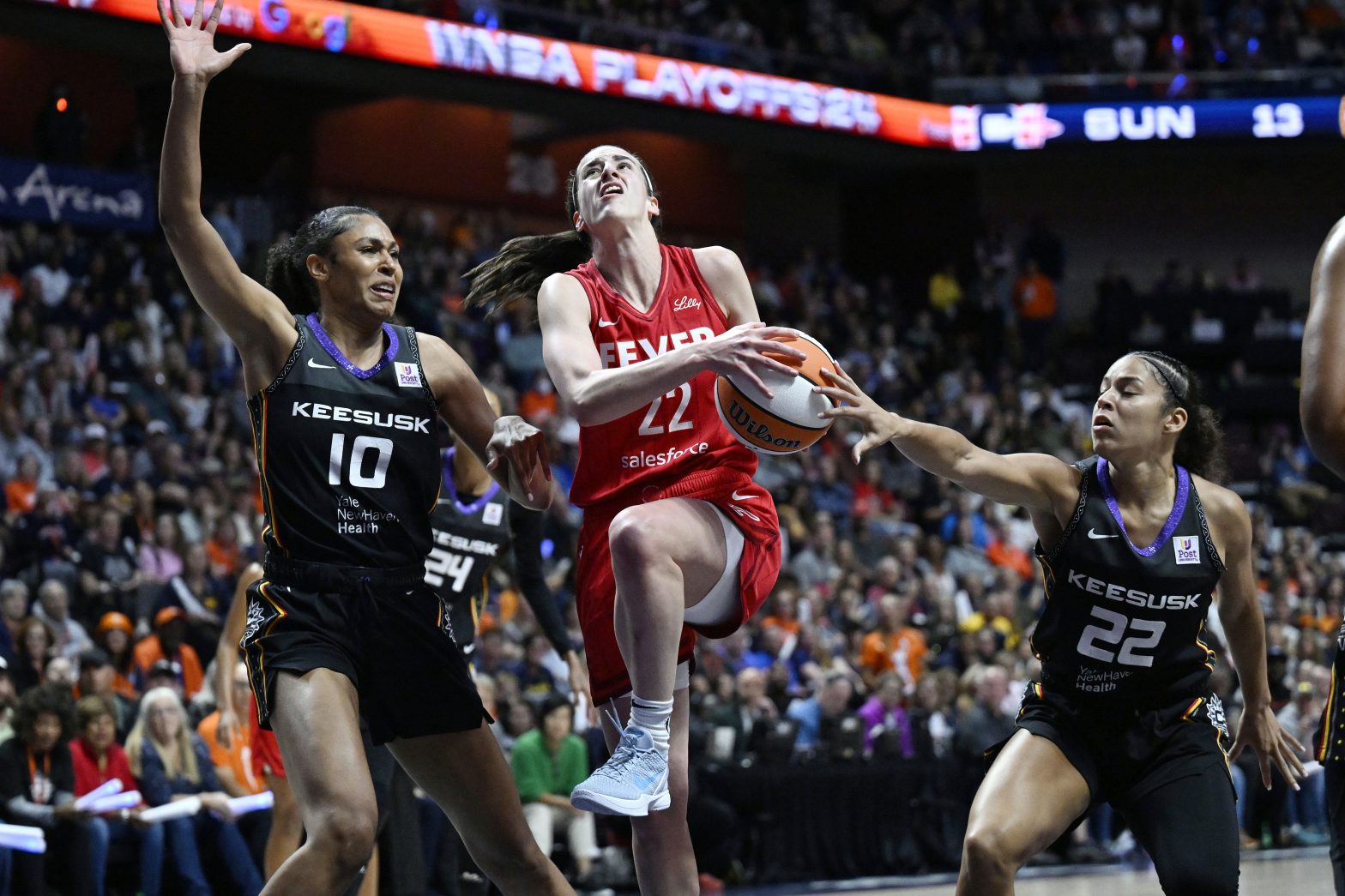The WNBA is experiencing a surge in attendance, with sellout crowds at the finals featuring the New York Liberty and Minnesota Lynx. However, despite this growing popularity, league owners are not expected to see a return on their investments anytime soon.
The NBA owns approximately 60 percent of the WNBA, and when factoring in personal stakes from NBA team owners, their collective ownership rises to 75 percent. This financial structure raises questions about the league’s profitability, especially considering the significant investments made by NBA owners since the WNBA’s inception in 1996.
For the current season, the WNBA is anticipated to incur a loss of $40 million, slightly better than earlier projections of a $50 million deficit. This ongoing financial struggle highlights the challenges the league faces despite increased fan engagement and attendance. An NBA team executive pointed out that the WNBA is in a significant financial bind, stating that the league owes the NBA a considerable amount, which means substantial profits are not expected for years.
Looking forward, the WNBA stands to benefit from a new media contract beginning in the 2026 season, which could yield up to $2.2 billion over 11 years. This contract is projected to enhance the WNBA’s revenue, potentially adding at least $100 million annually to its current media earnings of around $60 million.

However, any potential profit gains may be diminished if players decide to opt out of the current collective bargaining agreement by the November 1 deadline, which could lead to increased salaries that would cut into the league’s expected financial recovery.
Frustration is brewing among NBA team owners over the lack of access to WNBA expansion fees, which they believe should also benefit them. While they receive financial gains from NBA expansion fees, the current structure means that proceeds from WNBA expansions do not contribute to their returns.
Recent examples, such as the $50 million paid by Golden State Warriors owner Joe Lacob for a WNBA team and the $115 million paid by the Toronto Raptors’ minority owner, illustrate this inequity. Many NBA owners are calling for more transparency from NBA Commissioner Adam Silver regarding their expectations for returns from the WNBA.
Despite these financial hurdles, interest in the WNBA is rising. For instance, Game 2 of the WNBA Finals averaged 1.34 million viewers on ABC, demonstrating a growing audience. In comparison, last season’s NBA Finals attracted over 12 million viewers per game, underscoring the gap that still exists between the two leagues. While the WNBA’s viewership is increasing, the financial complexities surrounding ownership, revenue distribution, and the potential for profitability remain significant challenges for both leagues.
